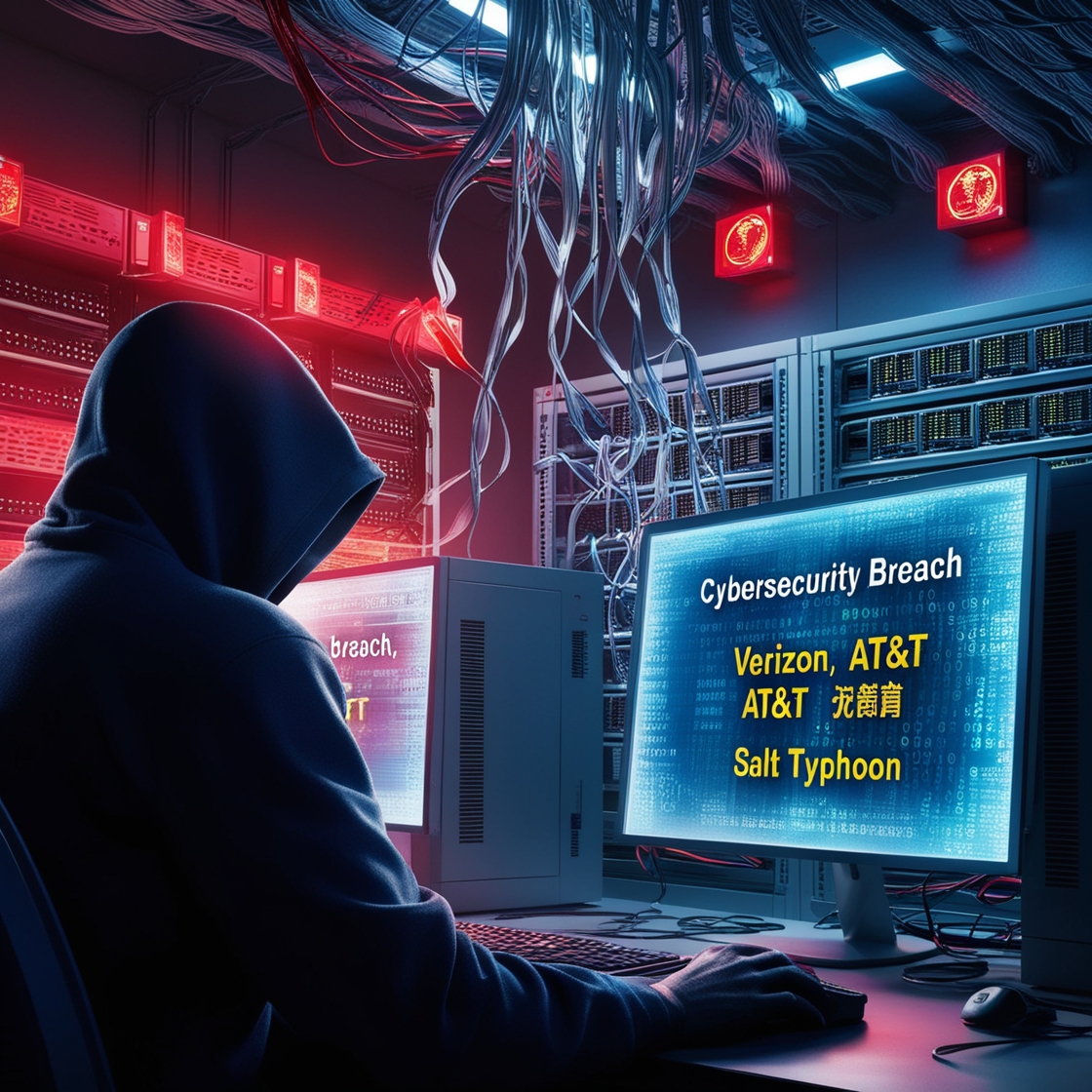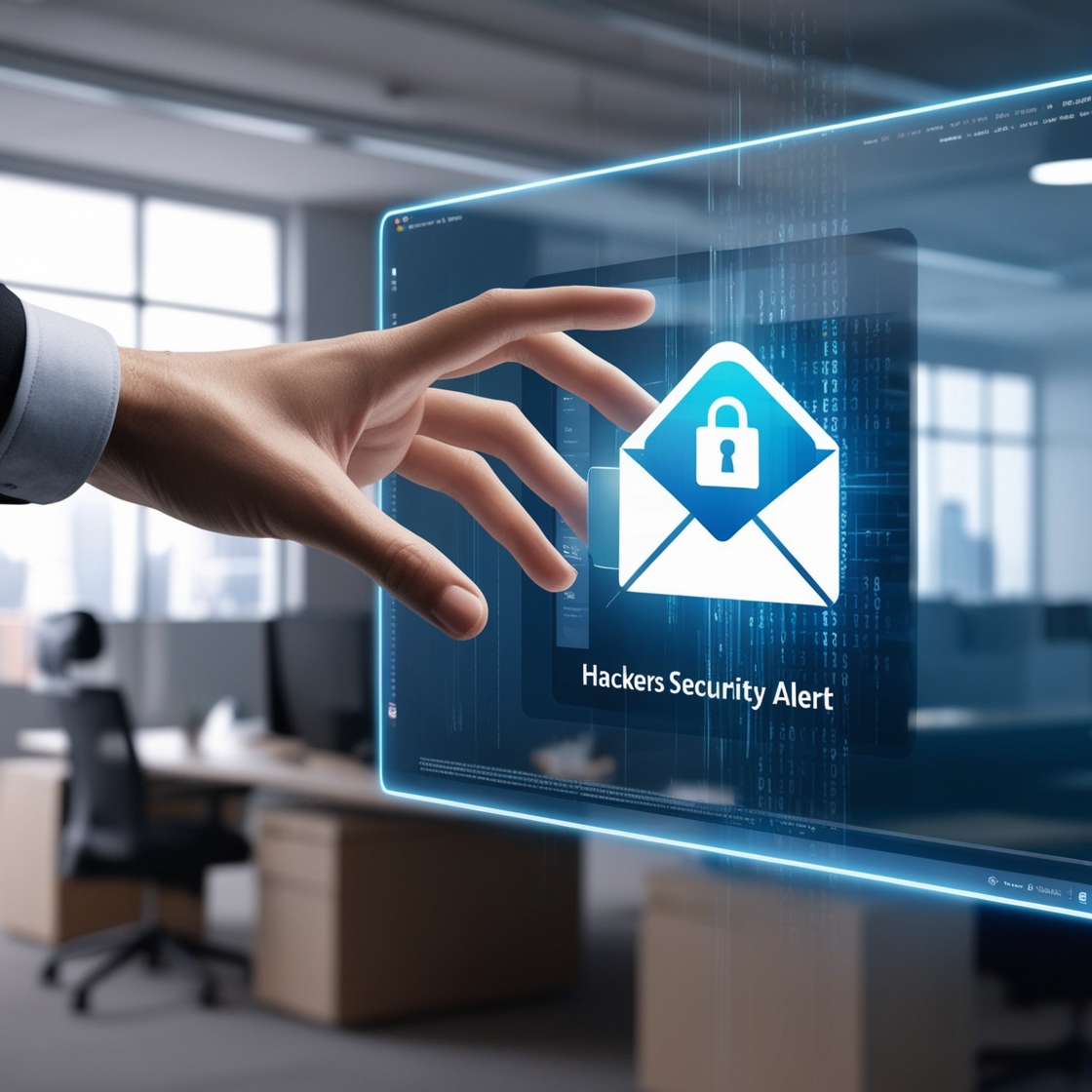The University Medical Center (UMC) Health System in Lubbock, Texas, recently fell victim to a disruptive ransomware attack that led to significant operational challenges, including the diversion of emergency and non-emergency patients. This attack highlights the growing vulnerability of critical infrastructure, particularly in the healthcare sector, where lives can be at stake.
Incident Overview
On October 1, 2024, UMC confirmed the ransomware attack that disabled key parts of its IT infrastructure. The hospital, the only level 1 trauma center within 400 miles, faced major setbacks, with phone systems offline and patient portals rendered inaccessible. As a result, emergency services were compromised, and the center had to redirect certain patients until essential systems were restored.
Despite this, UMC’s clinics and urgent care facilities remained operational, implementing “downtime procedures” to minimize disruption to patient care. Over the weekend following the attack, some services began to recover, including emergency care, but cautious diversions continued until the systems were fully functional.
National Security Concerns
John Riggi, a cybersecurity expert from the American Hospital Association, emphasized the national security implications of ransomware attacks on critical healthcare providers. Such disruptions in trauma centers can put lives at risk, demonstrating the dangerous intersection between cybersecurity threats and public health.
Data Breach Uncertainty
UMC’s investigation into the incident is still ongoing, and it remains unclear whether any sensitive patient data has been compromised. This attack comes after a previous data breach in January 2024, which affected 127,000 individuals.
Proactive Cyber Defense in Healthcare
Cybersecurity experts, such as Emily Phelps of Cyware, argue that the healthcare sector needs to move beyond reactive strategies and embrace intelligence-driven security processes. By harnessing shared threat intelligence and automation, organizations can detect and mitigate cyber threats before they can disrupt essential services. Phelps also highlights the need for collaboration between public and private sectors to create a united front against the increasing frequency of ransomware attacks targeting healthcare institutions.
The ransomware attack on UMC serves as a stark reminder of the importance of proactive cybersecurity measures in healthcare. Hospitals and medical centers must continually upgrade their defenses, using real-time threat intelligence to mitigate the risks posed by cybercriminals. Lives depend on the ability of healthcare systems to remain operational, even in the face of rising cyberattacks.
By Vladimir Rene







